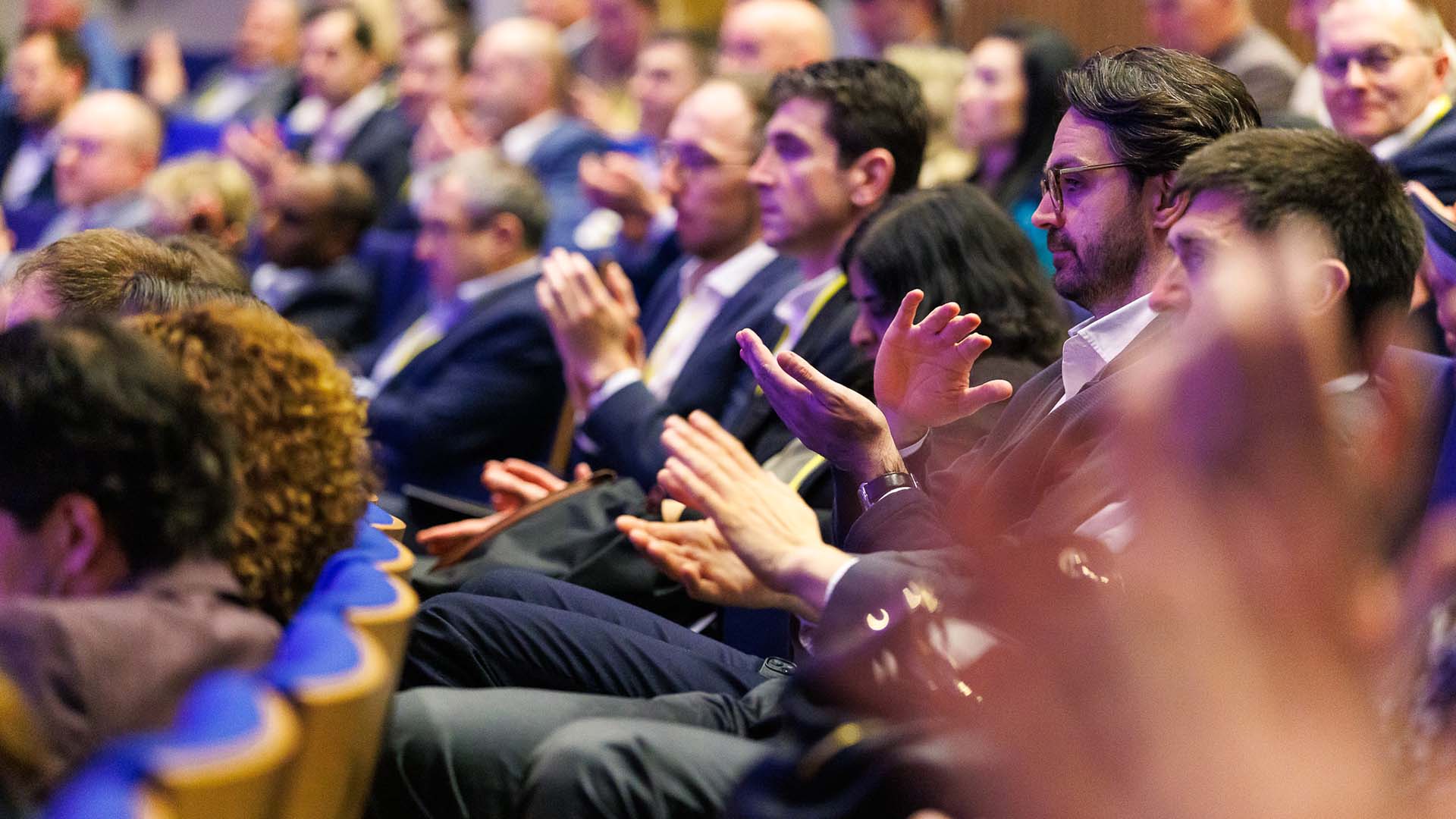
The bank of the future is likely to be significantly different from traditional banks today, driven by technological advancements, changing consumer behaviors, and regulatory developments. Here are some key aspects of what the bank of the future might look like.
Predicting what the bank of the future will be like is a tricky business. However, let's indulge in this exercise as treasurers and imagine what it should look like. The bank will certainly be digital, but it will be more than a traditional or global bank. It will have to offer more services and differentiate itself from its peers through new digital services and products. Over time, banking services have become commodities, and digitalization has taken away some of the service that set them apart. The bank of the future will have to forget the legacy system and the cumbersome nature of its IT infrastructure and open up to other applications. Isn't this the very spirit of Open Banking? We see a bank offering a platform with different applications to be selected by corporate customers, such as future cash flow forecasting tools, a foreign exchange platform, a factoring or dynamic discounting solution, an account virtualization solution (not virtual IBANs, which are already common), etc. A platform like FENNECH, for example, could become a veritable App Store for corporate customers, optimizing cash management for even the smallest companies. The bank would become a completely different animal.
The next generations of modern banks will offer customers and partners, such as FinTech’s, to co-create the future solutions. Once created and tested with one client, it can then be generalized and become a standard product for all of them. It nevertheless requires input and cooperation from the corporate clients, which may sometime be missing. Treasurers should not complain if they don’t participate together with bankers to elaborate the products of the future. The most innovative banks have understood this key success factor.
The bank of the future will likely prioritize digital channels for most of its services. This means robust online and mobile banking platforms, allowing customers to perform transactions, manage accounts, and access financial services conveniently from anywhere, with any type of players and with open architecture.
Banks will increasingly leverage data analytics and artificial intelligence to offer personalized services tailored to each customer's financial needs and preferences. This could include customized product recommendations, financial advice, and proactive fraud detection. The bank could train clients on fraud, for example, to prevent risks, impacting both sides at the end of the day. It could also propose easy-set up for cash-pooling and to easily pool liquidities. It should also simplify and optimize cash return, as it would be easier for both sides and more efficient for smaller players or funds.
Open banking initiatives will continue to gain momentum, allowing customers to securely share their financial data with third-party providers. This will foster innovation and competition, leading to a broader range of financial products and services for consumers. The third PSD (PSD2 being under review) will open further doors, generalize IBAN name-checks, offer all range of connectivity channels, etc…
While still evolving, blockchain technology (and all DLT derived technologies) and cryptocurrencies and digital currencies are likely to play a significant role in the bank of the future. Banks may adopt blockchain for secure and transparent transactions, and some may offer cryptocurrency-related services to meet customer demand.
Traditional banks will increasingly collaborate with fintech startups to enhance their offerings and stay competitive. This could involve partnerships for innovative product development, technology integration, or even acquisitions of fintech companies. We should never forget that corporates, CFos and treasurers remain cautious when it comes to FinTechs. Therefore, partnership with banks would make sense to give them appropriate comfort.
Environmental, social, and governance (ESG) considerations will become more prominent in banking operations. The bank of the future may prioritize sustainable investing, offer green financial products, and incorporate ESG factors into risk management practices. Why not offering carbon offset products or CO2 and carbon footprint calculators, as well as management tools for example to revalue commodities in portfolio?
Automation and robotics process automation (RPA) will streamline back-office operations, reducing costs and improving efficiency. This could involve automation of routine tasks, such as account opening, loan processing, and compliance procedures. However, here again heavy IT legacy often penalize banks and are the major v-blocking point for innovation. The innovation culture must be inoculated to the banker of the future. Again, we are so far from that, apart a few well-known exceptions. Innovation culture is not a question of size, but a question of mindset.
With the increasing prevalence of cyber threats, security will be a top priority for the bank of the future. Advanced authentication methods, biometric technology, and continuous monitoring will be employed to protect customer data and prevent fraud. Cyber security is a priority common to both sides, sell and buy. It should be prioritized too.
The COVID-19 pandemic has accelerated the shift towards remote work and virtual services. Banks may continue to embrace remote work arrangements for employees and offer virtual branches to serve customers digitally. We would like advisors more than “classic” product vendors.
Regulatory requirements will remain a significant factor shaping the bank of the future. Banks will need to adapt to evolving regulations related to data privacy, cybersecurity, anti-money laundering (AML), and consumer protection. Compliance is also an area of burden that banks could help reducing.
As described by HSBC, banks will have to consider ABCDE approach. What do we mean by this strategy? “A” means Artificial Intelligence, which will be key for new products and efficiency. We should not exclude Metaverse too which could change the landscape too sooner or later. Then “B” for Blockchain and DLT derived technologies, which will also be a gamechanger, for FX everywhere and at any moment, for trade finance, for tokenization of financial assets. The third one is “C” for cloud as everything will be on a SaaS mode and in the cloud, private or public solutions. The “D” represents data which are becoming the future gold of treasury and finance. The capacity to use data and to crunch figures to produce reports will be a key competitive advantage. Eventually, the “E” for ecosystems, to connect to existing and new emerging ecosystems, to networks and to platforms for dealing. The bank if the future will be of course “digital”, with key focus on tokenization, new digital services and products and post trade market infrastructure. The “E” could also mean “ESG” as it becomes (too) a key and required feature bank must focus on.
Overall, the bank of the future will be characterized by technological innovation, customer-centricity, collaboration, and a commitment to sustainability and security. Corporates are looking for tools that are simple and easy to access, multi-players and counterparty agnostic, tools for management support, information, dealing and dynamic advice. They're not looking for an online catalog of brochures, of course. The banker himself should be better trained, more competent, and less of a generalist. Team levels should be raised and services more automated. Fewer resources and more appropriate skills. Standardized platform KYCs and product offerings alone should be enough to convince even the most reluctant of their choice of bank. This is not the case today. Without thinking for a second that we're in a utopian world, we believe that the future and technology will enable a different future for the banker and innovation to better meet the business expectations of new generations. The bank of the future will be truly different, and the time for change is now!
François Masquelier, CEO of Simply Treasury - Luxembourg, April 2024

The CEE 2025 Treasury Forum, held in Cluj-Napoca, Romania, from 15 to 17 May, gathered financial leaders from across the central and eastern European region to explore the evolving role of treasurers in today’s complex economic environment.
Read
Founded by treasury practitioners, Baltrea is driven by a vision to foster excellence, encourage collaboration, and promote innovation within the treasury community.
Read
The 2025 annual EACT Summit, held in Brussels in April, served as a timely reminder that treasurers across the community possess an increasingly welcome voice in the face of adversity.
Read.png)
The survey aims to identify challenges corporate treasurers of MNCs are facing and the technological innovations they intend to implement. It also aims to recognize evolutions over time and after crises.
Read
The fourth edition of the publication, describes basic requirements and provides guidance on establishing and developing the treasury function.
Read